Choctaw Nation and the Irish Famine a story of immense generosity
You might wonder what the Irish famine and the Choctaw Nation have in common. It is a story of incredible generosity and solidarity across an ocean that stands to this day as a testament to the bond between those who understand the fragile nature of humanity and the need to stand together in light of man’s inhumanity.
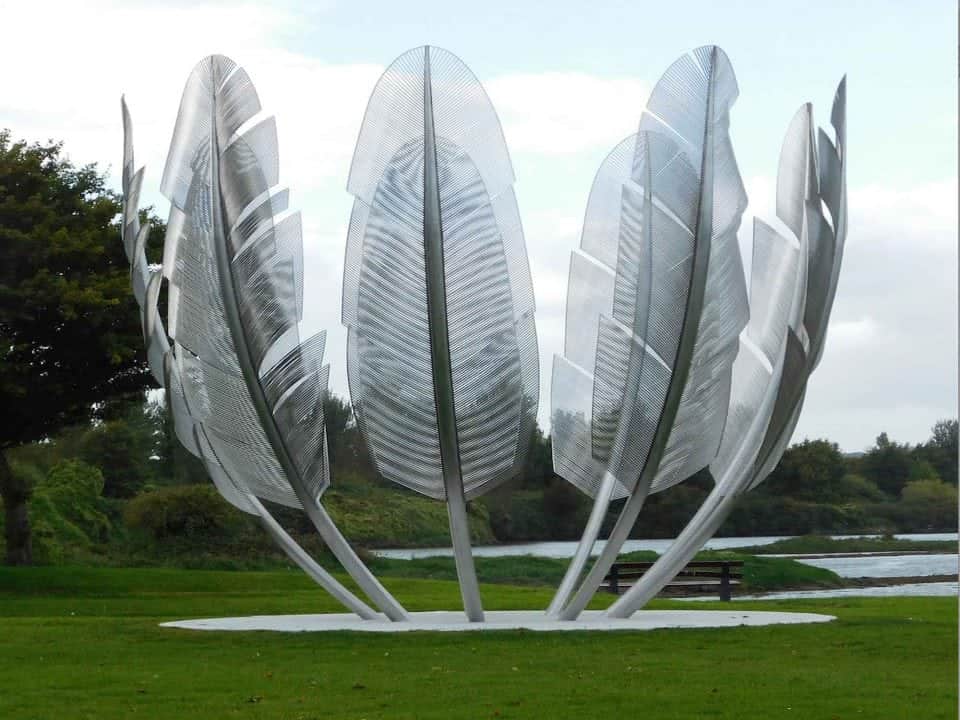
During their horrendous history of the Trail of Tears and the Indian Removal Act, the Choctaw Indians heard of the Irish potato famine taking place in Ireland and through missionaries, they sent money for famine relief to the Irish people. Given the terrible journey, they were on thanks to the American government at the time this was an act of outstanding generosity.
History of the Trail of Tears
The Choctaws were the first of the five great southern tribes of indigenous peoples to be forcibly moved to Oklahoma by the Treaty of Dancing Rabbit Creek in 1830. Over 20,000 Choctaws were moved on this journey and it was the Choctaw people who first called the removal of Indian tribes from their ancestral lands in Mississippi and Alabama The Trail of Tears.
The enforced removal of the Choctaw people began in 1832. The Choctaw lost between 5,000 and 6,000 of its people on the harrowing journey and although the removals later became associated with the Cherokee it was the Choctaw who lost the most people on the trail.
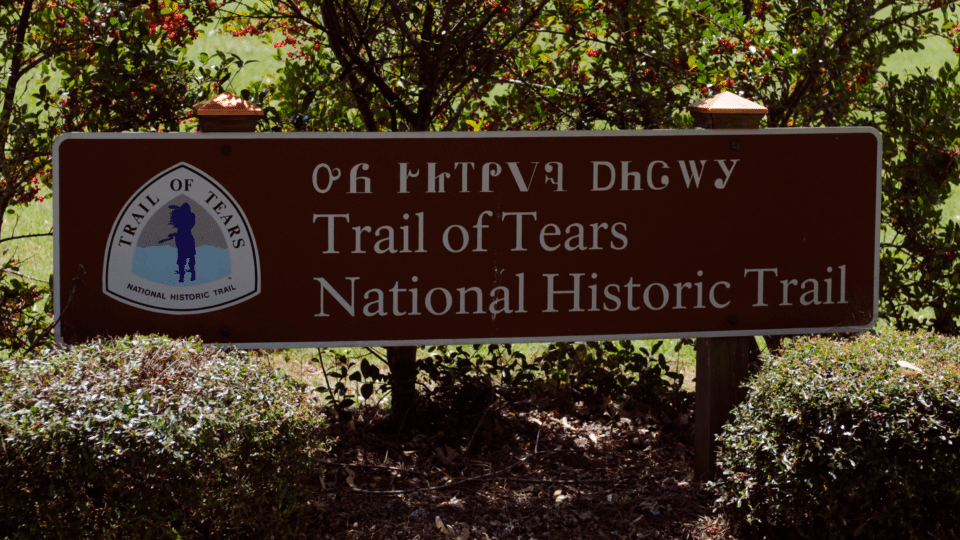
The Choctaw had an inconceivable history of deprivation, forced off their lands in 1831 and made to walk 500 miles to Oklahoma, by the then President of the United States, Andrew Jackson (who was the son of Irish immigrants).
Sixteen years later the Choctaw Nation came to learn of the horrendous tragedy taking place in Ireland through the letters sent to an Irish Chaplain who read letters from the Irish to the people, and they met together to see if they could help. On March 23, 1847, the people of the Choctaw nation took up a collection. They raised $170 for Irish Famine relief, an incredible sum at the time worth around $20,000 in today’s money which was sent first to the Memphis Irish Relief Committee and then to the General Irish Relief Committee of the City of New York.
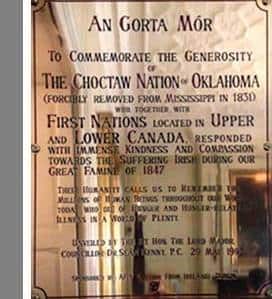
The Irish famine and the Choctaw Nation
Irish researchers uncovered evidence of this remarkable act of generosity in the late 1980s, almost 150 years later. Don Mullan (who is a renowned Irish Humanitarian) decided to take a pilgrimage to the Choctaw Nation to thank the Choctaw people. While in Oklahoma Don, met Waylon Gary White Deer of the Choctaw Indian Nation and Don invited Gary to Ireland to attend the Famine Walk in Mayo.
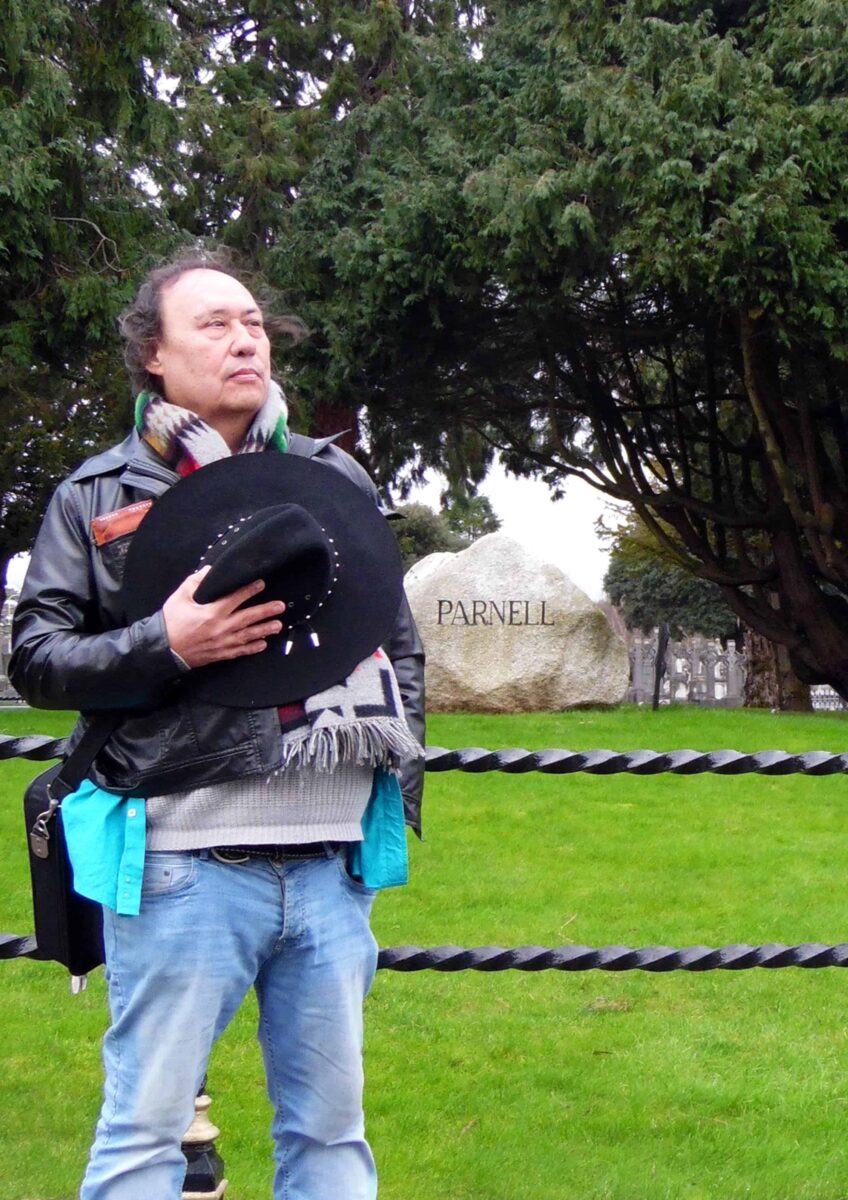
Waylon Gary White Deer is a Choctaw artist who willingly came to walk and while he was here he painted a mural on the side of the Corn Beef Tin in Creggan (which is unfortunately been demolished). The mural depicted a Choctaw Indian woman holding an Irish Baby, with illustrations of Food and Irish Famine Victims, symbolizing the connection between the Choctaw Nation and the Irish.
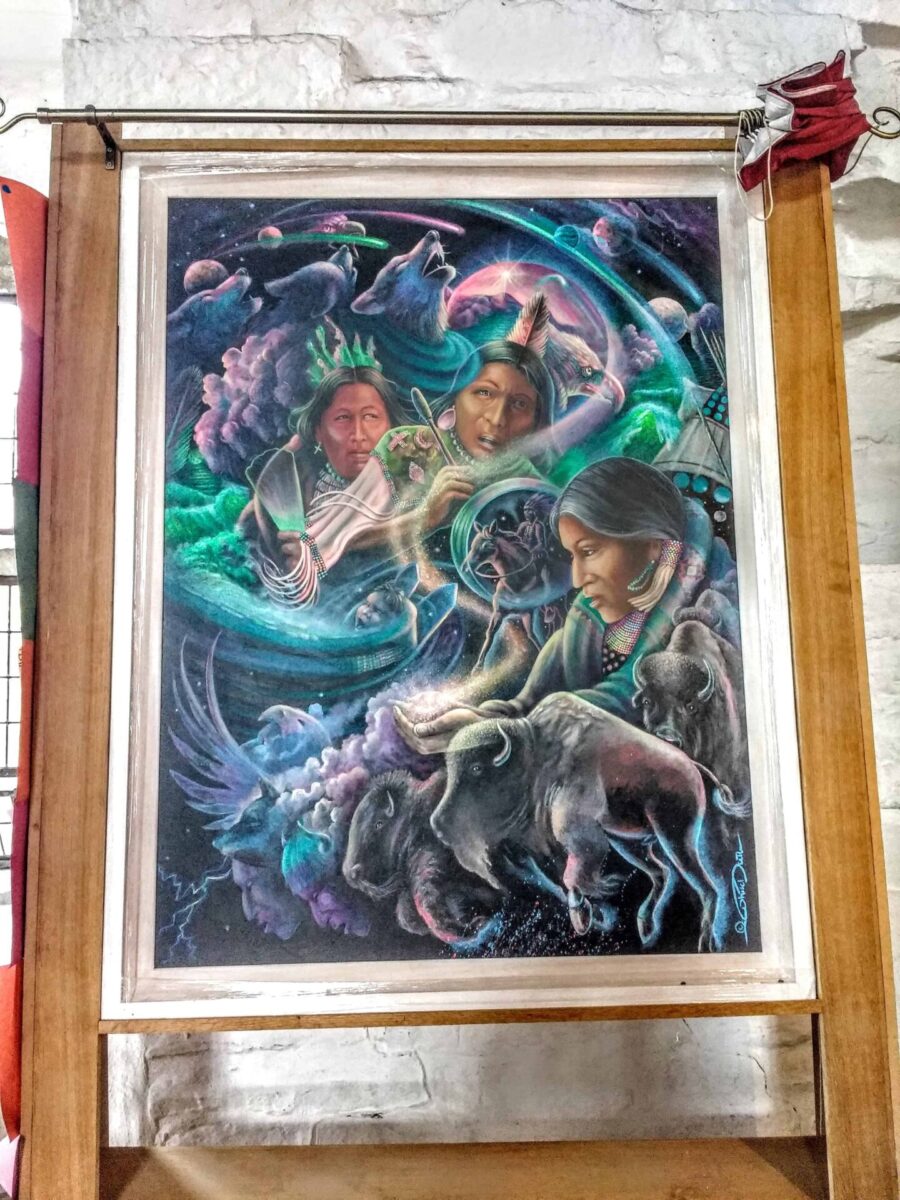
In 2015, Waylon Gary White Deer moved to Ireland and now lives in Donegal he resides in a small cottage in the townland of Cashel na gCorr, near Gortahork which looks over Mount Errigal. According to the Irish Independent, he is learning Irish phrases and spends his days painting in the Donegal countryside and working on a novel that looks at the modern-day. Gary Issi-Tohibi – or White Deer – says he feels a connection to the spirit of the land around Mount Errigal where he now lives.
“We believe that you carry a piece of your home with you wherever you go so that is with me today, here in Donegal. It is a very easy place to feel the spirit of the land. There is a great sense of place here, the spirit of the land is very much here,” he said.
Famine Walk at Doolough
In 1990, several Choctaw leaders took part in the first annual Famine walk at Doolough in Mayo recreating a desperate walk by locals to a local landlord in 1848.
In 1992, Irish commemoration leaders took part in the 500-mile trek from Oklahoma to Mississippi. The Choctaw made Ireland’s President Mary Robinson and Don Mullan honorary Chiefs.
This great gift is remembered in several ways in Ireland. On Dublin’s Mansion House, there is a plaque that honours the Choctaw Nation and reads, “Their humanity calls us to remember the millions of human beings throughout our world today who die of hunger and hunger-related illness in a world of plenty.”
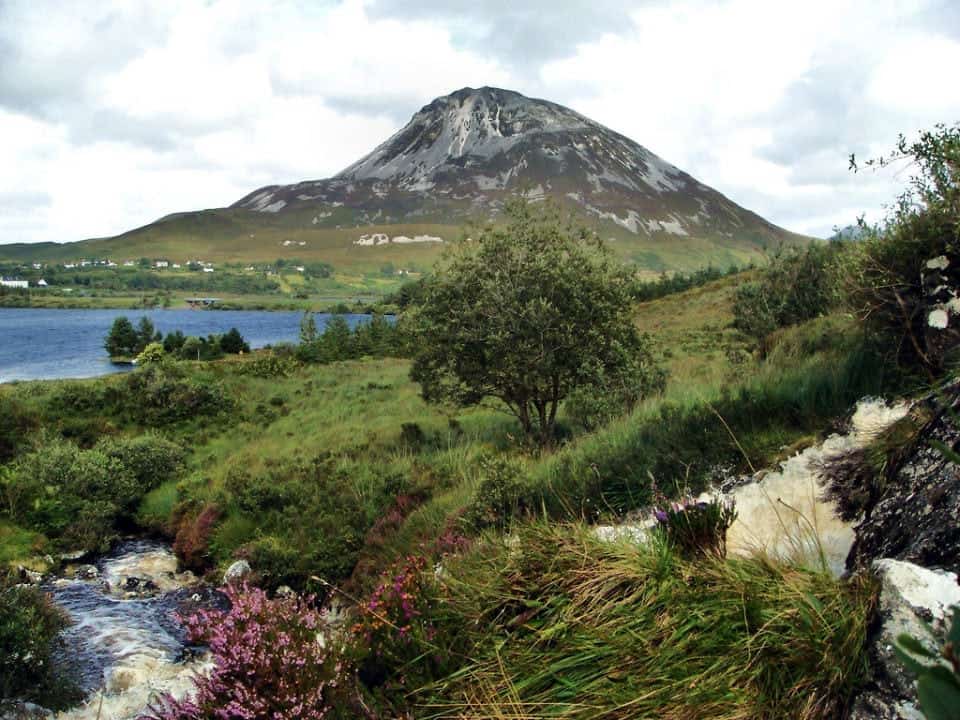
In gratitude for the generosity and thoughtfulness, a delegation from Ireland walked with the Choctaw Nation in a recreation of the Trail of Tears and the Chiefs of the Nation were special guests of President Mary Robinson of Ireland during the 150th anniversary of the Great Famine.
In 2017, Ireland honoured the Choctaw Nation with a sculpture of nine stainless steel eagle feathers stretching 23 feet high. The next year, Irish Prime Minister Leo Varadkar visited the Choctaw Nation in Oklahoma.
Chief Gary Batton of the Choctaw Nation said adversity can “bring out the best in people” and said he’s happy to see his ancestors’ generosity inspiring donations to other Native American tribes.
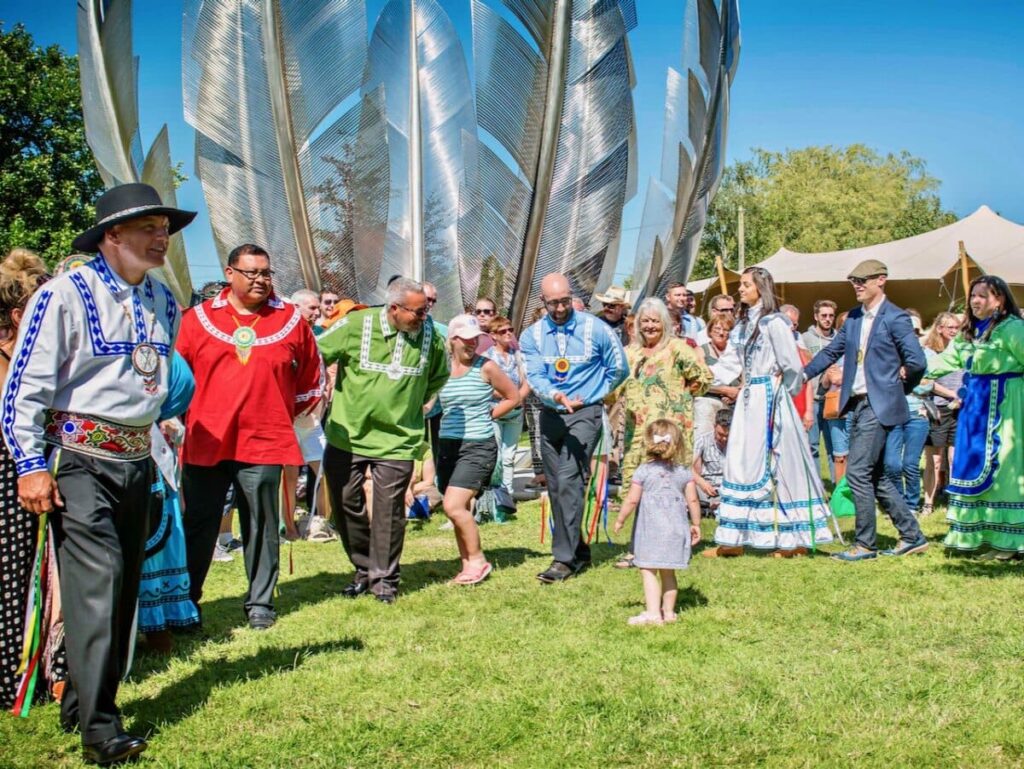
“We are gratified, and perhaps not at all surprised, to learn of the assistance our special friends, the Irish, are giving to the Navajo and Hopi nations. Our word for their selfless act is ‘iyyikowa’ — it means serving those in need,” Batton said in an email. “We have become kindred spirits with the Irish in the years since the Irish Potato Famine. We hope the Irish, Navajo and Hopi peoples develop lasting friendships, as we have. Sharing our cultures makes the world grow smaller.” From NBC News.
Choctaw Ireland statue
A beautiful memorial sculpture was commissioned in 2014 to commemorate this great debt owed to the Choctaw Nation. Alex Pentek, the sculptor has created an incredible piece in the shape of an empty bowl signifying the ‘soup pots’ that were the only food relief given to the Irish during the famine surrounded by Eagle Feathers as a symbol of the Choctaw Nation. The Sculpture can be seen at Bailic Park, in Midleton, Co Cork.
The Kindred Spirits Memorial of the Choctaw donation to Ireland during the Famine
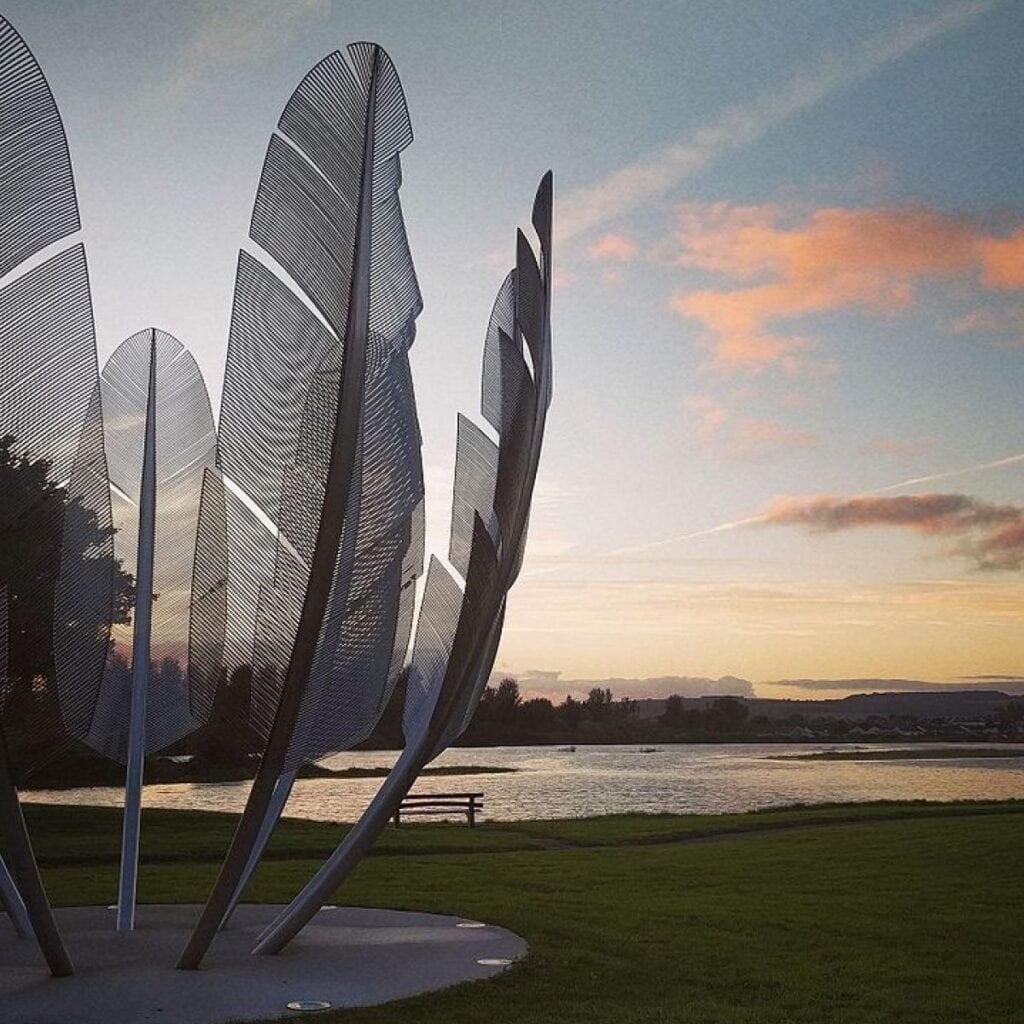
Irish Scholarship Program for Choctaw students
Recently this incredible gift was recognized by the Irish Government. Taoiseach Leo Varadkar made the journey to rural Oklahoma to express gratitude for the gesture on behalf of the Irish people.
The Taoiseach announced details of a new scholarship specifically for third-level Choctaw students to study in Ireland. He also spoke at length about the imperative for the Irish and the Choctaw nations to help those currently in need throughout the world, “to look outward, to do what we can to combat hunger and poverty around the world”. quoted from the Irish Times.
During the latest pandemic when Ireland heard that the indigenous people were suffering greatly during the recent outbreak, hundreds of Irish people are repaying that old kindness, giving to a charity drive for two Native American tribes suffering in the Covid-19 pandemic. Over 6.7 million has been raised to help supply clean water, food and health supplies to people in the Navajo Nation and the Hopi Reservation, with hundreds of thousands of dollars coming from Irish donors, according to the organizers. From the New York Times.
The Choctaw nation’s act of kindness towards the Irish during their time of need was a remarkable demonstration of compassion and empathy. It speaks to the power of human connection, even in times of great hardship and distance. The generosity shown by the Choctaw people serves as a reminder that we are all connected, and that our actions can have an impact far beyond our immediate communities.
You might also like
101 Landmarks in Ireland to see
101 Landmarks in Northern Ireland
46 Fantastic things to do in Donegal Ireland
What to do in Donegal Town – best things to see, eat and do
Traditional Irish food 25 of the most popular Irish dishes
The Ultimate List of awesome things to do in Kilkenny, Ireland
